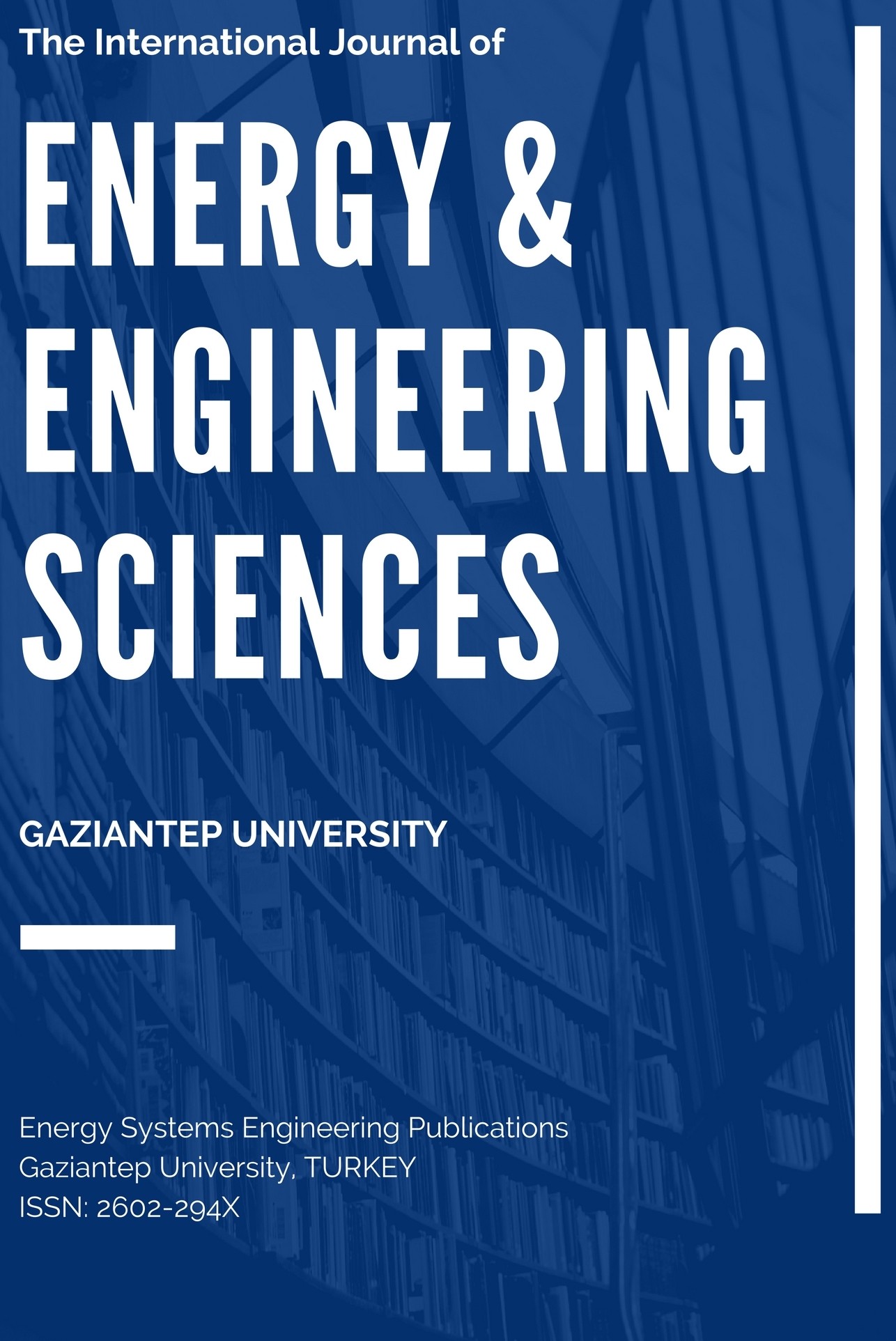EFFECT OF CURING REGIMES ON THE ENGINEERING PROPERTIES OF HYBRID FIBER REINFORCED CONCRETE
EFFECT OF CURING REGIMES ON THE ENGINEERING PROPERTIES OF HYBRID FIBER REINFORCED CONCRETE
In this study, the effects of curing regimes on the engineering properties of hybrid fiber reinforced concrete were investigated experimentally. Three type conventional concrete mixtures with no fiber, fiber and hybrid fiber having almost same slump value were designed. Later, specimens produced from these concrete mixtures were exposed to different curing conditions namely standard 23±2 °C water, sealed and air curing regimes. After 7 and 28 curing days, the mechanical tests were carried out to determine compressive, splitting tensile, flexural strength and ultrasonic pulse velocity. Also, the flexural performance of concrete specimens was determined by four-point bending test. Finally, the concrete specimens cured in water had the best mechanical properties and energy absorption capacity while those of concrete specimens cured in air were the worst. The specimens cured in sealed condition had similar mechanical properties compared to the specimens cured in water. Moreover, the deflection-hardening response was observed in all fiber reinforced concrete specimens.
Keywords:
Macro Steel Fiber, Micro Steel Fiber, Curing Conditions Deflection-hardening response, Engineering properties,
___
- [1] Hannant, D. J. (1987). Fiber cements and fiber concrete. Chichester, UK:Wiley.
- [2] Bentur, A. (1989). Fiber – reinforced cementitious materials. Material Science of Concrete,Westerville, Ohio, The American Ceramic Society, 223-285.
- [3] Fantilli, A., P., Vallini, P., Chiaia, B., (2011). Ductility of fiber-reinforced self-consolidating concrete under multi-axial compression. Cement and Concrete Composites, 33(4), 520527.
- [4] Ding, Y. N., You, Z., Jalali, S., (2010). Hybrid fiber influence on strength and toughness of RC beams. Composite Structures, 92(9), 2083-2089.
- [5] Rossi, P., Acker, P., Malier, Y., (1987). Effect of steel fibres at two different stages: the material and the structure. Material and Structures, 20(6), 436-439.
- [6] Mobasher, B., Li Cheng, Y., (1996). Mechanical properties of hybrid cement based composites. American Concrete Institute Materials Journal , 93(3), 284-292.
- [7] British Cement Association (BCA) (1993). Curing, Concrete Series, Crowthorne, UK, 9.
- [8] Bentz, D. P., Synder, K. A., Stutzman, P. E., (1997). Hydration of Portland cement: The effect of curing conditions, presented at the 10th Int. Congr. Chemistry of Cement, Sweden.
- [9] Yazicioglu, S., Caliskan, S., Turk, K., (2006). Effect of curing conditions on the engineering properties of self-compacting concrete. Indian Journal of Engineering & Materials Sciences, 13, 25-29.
- [10] ASTM C39 (2018). Standard Test Method for Compressive Strength of Cylindrical Concrete Specimens, ASTM International, West Conshohocken, PA.
- [11] ASTM C597-16 (2016). Standard Test Method for Pulse Velocity Through Concrete, ASTM International, West Conshohocken, PA.
- [12] ASTM C496 (2016). Standard Test Method for Splitting Tensile Strength of Cylindrical Concrete Specimens, ASTM International, West Conshohocken, PA.
- [13] ASTM C1609 (2019). . Standard Test Method for Flexural Performance of Fiber-Reinforced Concrete, ASTM International, West Conshohocken, PA.
- [14] Pierre, R., (2000). Ultra High Performance Fibre Reinforced Concretes: An overview, Fifth RILEM Symposium on Fibre-Reinforced Concretes, Lyon, France.
- [15] Sahmaran, M., Yurtseven, A., Yaman, I., (2005). Workability of hybrid fiber reinforced self-compacting concrete. Building and Environment , 40, 1672-1677. [16] Mazaheripour, H., Ghanbarpour, S., Mirmoradi, S. H., Hosseinpour, I., (2011). The effect of polypropylene fibres on the properties of fresh and hardened lightweight self-compacting concrete. Construction and Building Materials, 25(1), 351-358.
- [17] Turk, K., Oztekin, E., Kina, C., (2019). Self-compacting concrete with blended short and long fibres: experimental investigation on the role of fibre blend proportion. European Journal of Environmental and Civil Engineering, https://doi.org/10.1080/19648189.2019.1686069.
- [18] Bentur, A., Mindess, S., (1990). Fiber – reinforced cementitious composites. 1st ed. Elsevier Applied Science, London and New York.
- [19] Caggiano, A., Cremona, M., Faella, C., Lima, C., Martinelli, E. (2012). Fracture behavior of concrete beams reinforced with mixed long/short steel fibers. Construction and Building Materials, 37, 832–840. doi:10.1016/j.conbuildmat.2012.07.060.
- [20] Gencel, O., Brostow, W., Datashvili, T., & Thedford, M. (2011). Workability and mechanical performance of steel fiberreinforced self-compacting concrete with fly ash. Composite Interfaces, 18(2), 169–184. doi:10.1163/ 092764411X567567.
- [21] Turk, K., Caliskan, S., Yazicioglu, S., (2007). Capillary water absorption of self-compacting concrete under different curing conditions. Indian Journal of Engineering & Materials Sciences, 14, 365-372.
- ISSN: 2602-294X
- Yayın Aralığı: Yılda 2 Sayı
- Başlangıç: 2016
- Yayıncı: Gaziantep Üniversitesi
